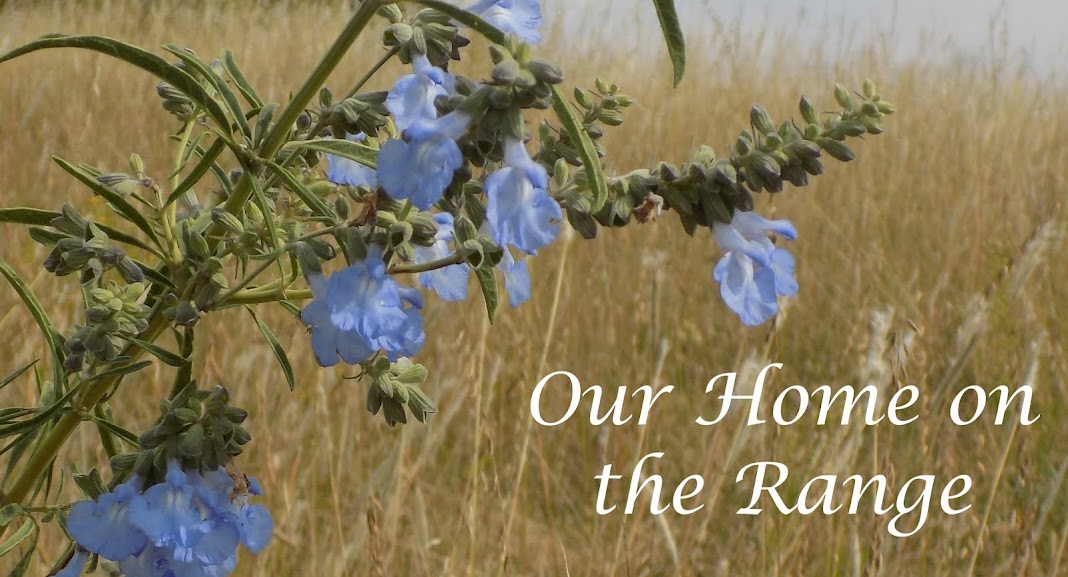
written and illustrated by Valenti Angelo
I picked up this book at a book sale because I saw Valenti Angelo's name. I have two books illustrated by him which are both lovely (The Book of Psalms and The Long Christmas) and decided I wanted this one no matter what the story was like. Luckily, it's just as wonderful as the illustrations.
Nino does not have much of a plot; there's no dramatic crisis or trauma. It tenderly describes Nino's early childhood on his grandfather's farm in Italy in 1905. Nino and his dedicated mother and grandfather work the prosperous farm and run the household. His father is away in America and has been for many years, planning to earn the money for his wife and child to join him. There is no such tension in the book, but I feared the impending separation which the book resolves perfectly.
Over the course of the book, Nino has "adventures" like traveling to a larger town to have his picture taken, the Easter celebration, attending a fair, and Christmas. His family attends the local Catholic church, which is a part of their lives in an integral way. Their home is often open as they host friends and neighbors, revealing a rich life of relationships and joy.
Nino is an aspiring artist and often experiences a great joy in the simple beauty of his world.
The boat sped through the water with sudden jerks. Nino watched the sky, fascinated by the flashes of lightning. The wind that had risen all in a moment moaned and swept over the marshes, whipping the tall grass with rustling sounds. The tall poplars bent as though turning their backs to its fury; they looked like black giants in the night. It began to rain, big drops that glistened like pearls as they fell, and the surface of the canal, so still a moment ago, broke into a thousand dancing bubbles.There are many descriptions of life on the farm and in the village to show how people lived in Italy in the early 1900s. There are olives to be pressed, grapes to be stomped, pigs to feed, and grain to harvest.
There is a description of gypsies in the fair chapter that doesn't quite meet today's standards. I suppose the substandard treatment of gypsies in literature is an accurate reflection of yesterday's prejudices, even why they are not purposefully being derogatory. My kids have heard about gypsies before (from when we read The Good Master), but I think I'm going to see out a book we can to counteract some of this disrespect. (Suggestions welcome.)
Mater Amabilis™ Level 1A year 1 includes Italy in the list of countries for People and Places with Red Sails to Capri. I adore Red Sails to Capri and will not give up my last chance of reading it aloud to Second Son. It's unlikely anyone would want to substitute Nino for Red Sails to Capri because Red Sails to Capri is likely much easier to find at a more reasonable price. But...if you had to make a substitution, this book would be delightful. I intend to read both of them aloud next year. I've also found a used copy of what appears to be a sequel to Nino called Golden Gate and I bought it. Just because I wanted it.
I purchased Nino used (and Golden Gate) and received nothing in exchange for writing this post. These opinions are my own. Links to Amazon are affiliate links and will grand a small commission if you follow a link and make a purchase.













